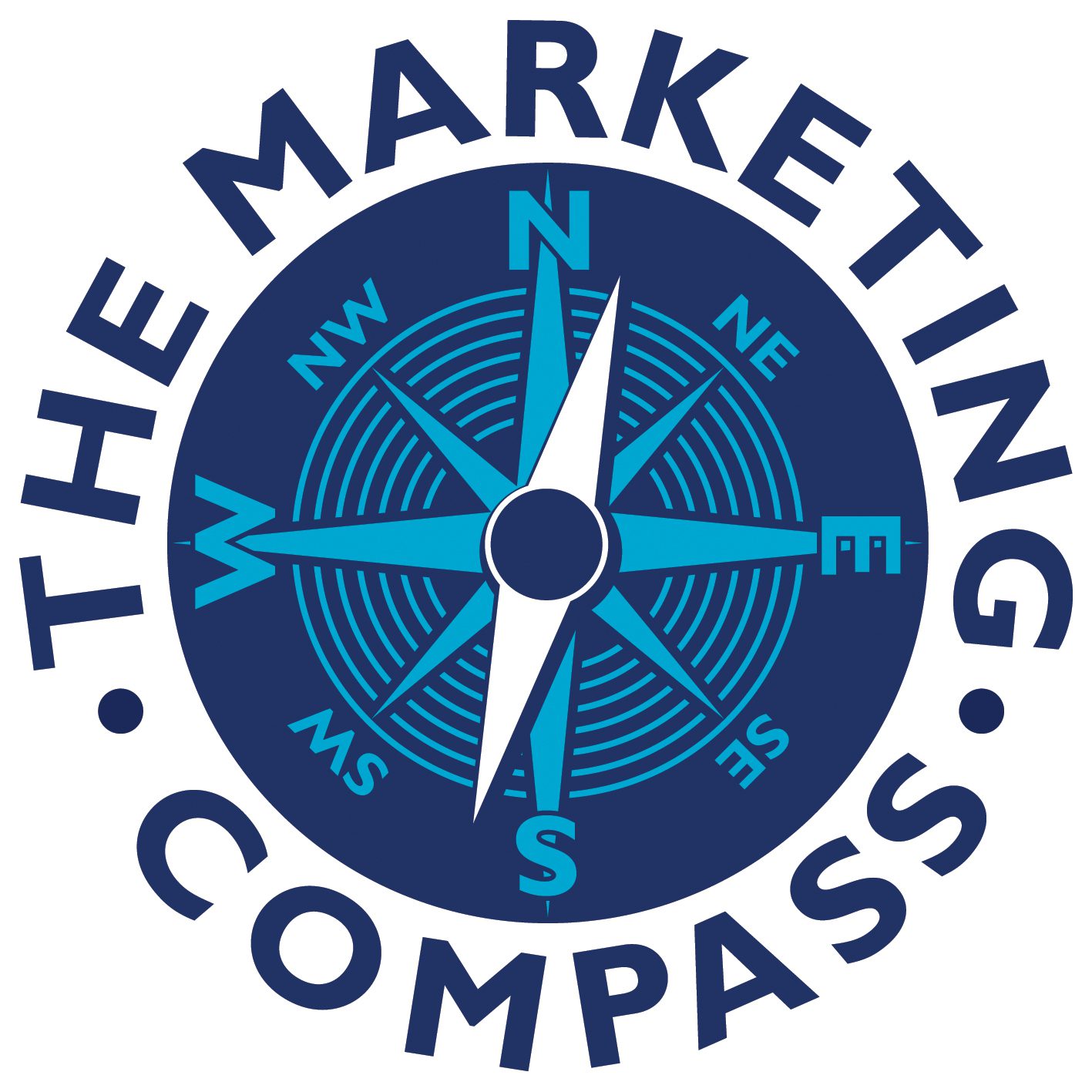Do you sell to everybody or to clearly defined customer segments? If you operate in a competitive marketplace, the second approach is better.
Divide your customers into separate segments. Then create a customer profile to represent each segment.
Within B2C marketing, profiles can include demographics (age, gender, socio-economic group, location); psychographics; geographical location; and behaviours.
Within B2B marketing, a customer profile can include the industry they work in; job title; responsibilities; location; psychographics; the business issues that they think about; and behaviours.
The benefits of customer profiling are significant. This technique can help you to develop products and services that are more likely to engage your customers. Customer profiles should be more than demographics, incorporating external factors and contextual details.
Large companies, small and medium sized businesses, brands, startups, professional services firms, charities, political parties and other organisations that use customer profiling as a component of their marketing experience a series of benefits.
Ask yourself these questions (the numbers depend on the size of your enterprise) : can I name our top 10, top 100 and top 1000 customers? Have I spoken to them? How much did they spend with us during the last 12 months? How many of them recommend us? How often do we communicate with them? Do they know about all of our products and services?
Think about the specific characteristics and needs of the customers in your target markets. Make sure that the information in your customer profile is as detailed as possible. You can discuss this with your team or advisors and also conduct market research.
Next, you must define ideal customers. Think about your best customers and what their characteristics are. Are they willing to try new products or services? Are they easy to talk to? Is there a pattern?
You could ask your best customers this question: why do they buy from you? This will help you to better understand their motivations. Some of their answers may surprise you. You can can then use what you have discovered to feed into your customer profiles.
You can use this information to improve your marketing and product development strategies. Once you have a clear picture of your customers, you can make changes to better meet their needs.
The process of customer profiling is important. Not only does it help during marketing and sales processes, it also allows you to better understand your business.
A benefit of customer profiling is that it is repeatable, when, for example, you enter new markets. It is crucial for your business to stay up-to-date with changing attitudes. It is essential for your marketing campaigns. The more data you collect, the more likely you’ll be successful. By creating profiles based on your target markets, you can make smarter decisions and improve your marketing results.
Using customer profiles will improve the effectiveness of your marketing and it will help your enterprise to grow.
Better marketing communication
A deeper understanding of your customers can help you to create more focused marketing communications. You can make targeted promotions and create key messages for each customer segment. These segmented messages are more likely to get attention.
New opportunities
Having detailed customer profiles will also help you to identifying new opportunities.
The more information you have about your customers, the better (as long as you follow GDPR / data collection rules). By using customer profiling, you can identify the problems and benefits your customers actually have.
In conclusion, profiling can help you to serve and keep your customers for many years to come.

